Carolina Chickadee
A species of Chickadees and allies Scientific name : Poecile carolinensis Genus : Chickadees and allies
Carolina Chickadee, A species of Chickadees and allies
Botanical name: Poecile carolinensis
Genus: Chickadees and allies
Content
Description People often ask General Info
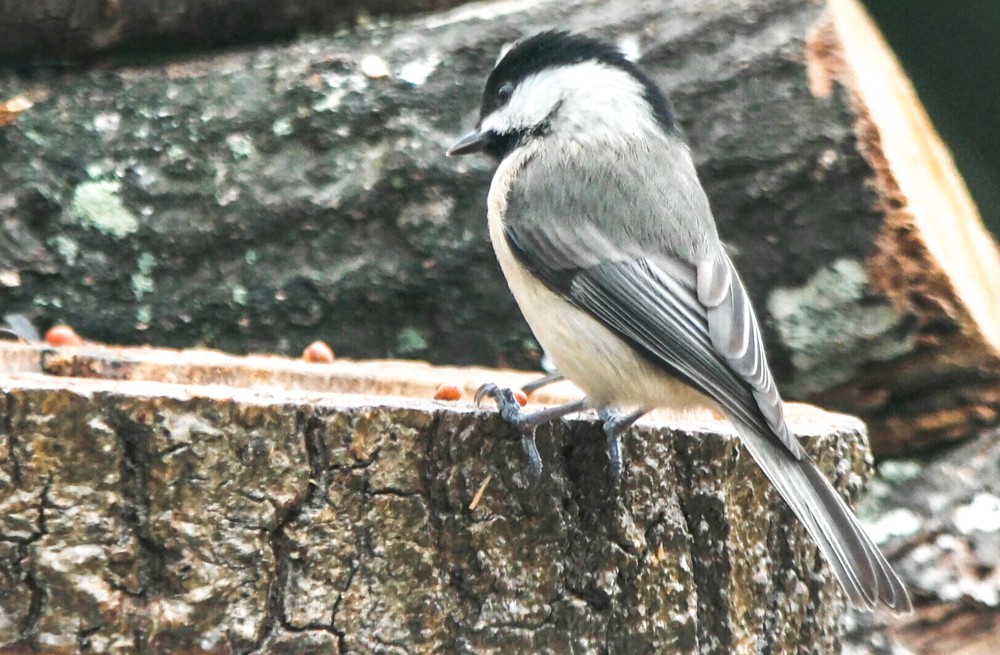 Photo By IzzyMPhotography , used under CC-BY-SA-4.0 /Cropped and compressed from original
Photo By IzzyMPhotography , used under CC-BY-SA-4.0 /Cropped and compressed from original Description
This tiny and round songbird is often seen in urban environments, although the carolina Chickadee primarily inhabits woodlands. These birds mate for life, but the pairs live in a larger flock. The carolina Chickadee (Poecile carolinensis) is almost identical to the Black-capped chickadee (Poecile atricapillus), but their distribution rarely overlaps. In places where it does, the two species commonly interbreed, producing hybrids that can confuse birdwatchers.
Size
12 - 13 cm
Life Expectancy
11 years
Nest Placement
Cavity
Clutch Size
3 - 10 eggs
Incubation Period
1 brood
Number of Broods
12 - 15 days
Nestling Period
16 - 19 days
Feeding Habits
Carolina Chickadee consumes an equally mixed diet of plant and animal matter during winter. The diet shifts to 80-90% animal-based, mainly insects and spiders, the rest of the year. They exhibit behaviors such as gleaning from foliage, hanging upside down, wedging food in their feet to peck, and using feeders. Seeds and berries are vital in winter, with some seeds stored for future use.
Habitat
Carolina Chickadee inhabits a variety of woodland environments, primarily including mixed or deciduous forests. These birds are adaptable and can also thrive in swamps, riparian zones, open wooded areas, and even urban and suburban settings. They exhibit a preference for altitudinal ranges that maintain temperate climates suitable for their natural behaviors, such as breeding. The species is notable for nesting in tree holes, often utilizing natural cavities or abandoned woodpecker nests. They remain year-round residents within their range, enduring winter conditions without migrating.
Nest Behavior
Both carolina Chickadee parents may excavate or select nest sites including cavities and boxes, with no preference for sawdust filling. The female constructs the nest and then lays eggs, with both parents involved in subsequent chick care.
Nest Characteristics
Carolina Chickadee typically chooses or excavates cavities in trees 2-25 feet above ground, facing clearings when near forest edges. Their nests have a base of moss and bark strips, topped with a lining of hair and plant fibers.
Dite type
Insectivorous
People often ask
General Info
Feeding Habits
Bird food type
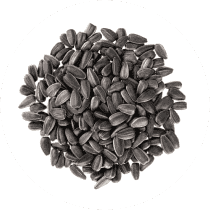
Black Oil Sunflower Seeds
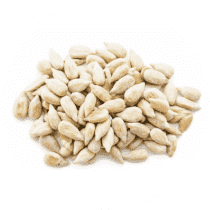
Hulled Sunflower Seeds
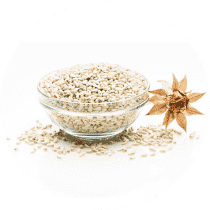
Safflower
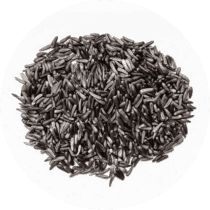
Nyjer

Suet
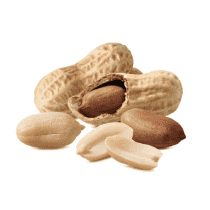
Peanuts
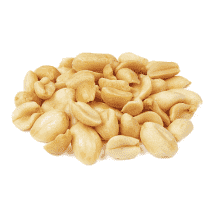
Peanut Hearts
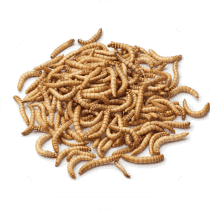
Mealworms
Bird Feeder Type

Large Tube Feeder
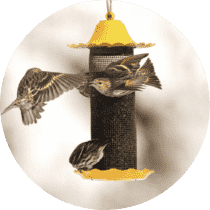
Small Tube Feeder
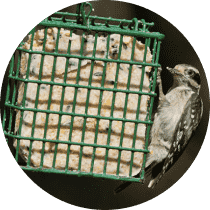
Suet Cage

Large Hopper

Platform
Sounds
Call
Recording location: United States
Call
Recording location: United States
Call
Recording location: United States
Song
Recording location: United States
Song
Recording location: United States
Behavior
Carolina Chickadee exhibit complex social structures, particularly notable during winter when they form hierarchical flocks. Higher-ranked birds claim nesting sites within the flock's domain come spring, while lower-ranked ones may delay or forego nesting if unable to establish territory. Communication within pairs, families, and flocks is a constant feature of their social dynamics. Carolina Chickadee engage in distinct roosting behaviors; females nest in cavities, with males nearby but separate. Outside of nesting, they may roost in excavated cavities, including former woodpecker sites, often alternating with flock members. They actively compete for these sites with other cavity dwellers. Personal space is defended vigorously, with a typical buffer of 2.2 to 5 feet maintained, enforced by vocalizations when breached. At feeders, they demonstrate a preference for solitude, taking seeds to isolated branches to feed. These birds adeptly lead mixed-species flocks during migration and winter, often in conjunction with Tufted Titmice, collaborating with other birds around 50% of the time.
Distribution Area
Their breeding habitat is mixed or deciduous woods in the United States from New Jersey west to southern Kansas and south to Florida and Texas. 
Scientific Classification
Phylum
Chordates Class
Birds Order
Perching birds Family
Tits Genus
Chickadees and allies Species
Carolina Chickadee